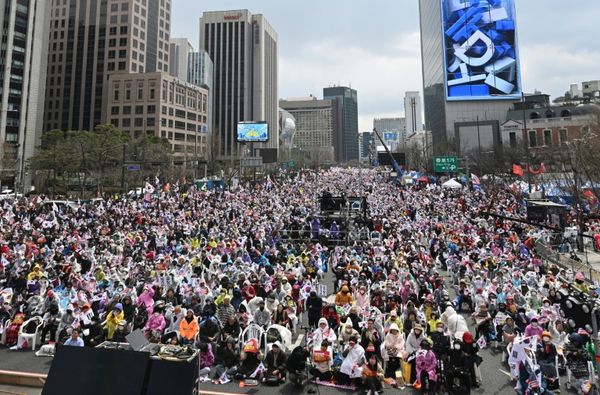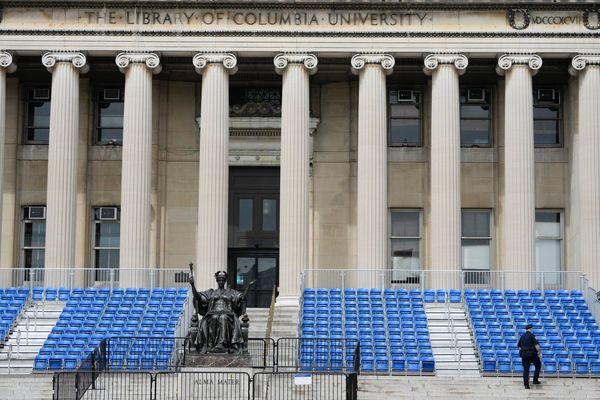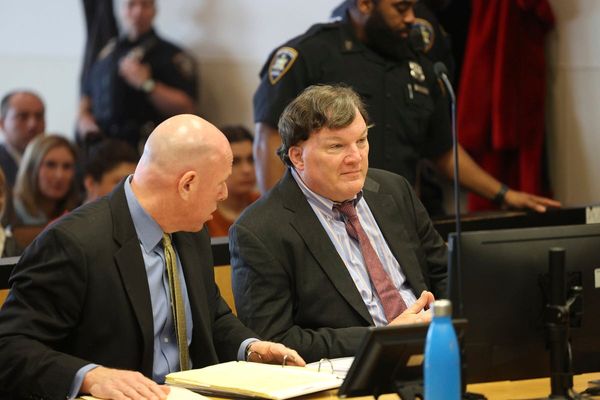French economist Thomas Piketty, along with a few other economists, recently came out with some startling findings on economic inequality trends in India over the last century. In Income and Wealth Inequality in India, 1922-2023: The Rise of the Billionaire Raj, Piketty and his co-authors estimate that inequality in India today is far worse than during the inter-war British colonial rule.
In 2022, the top 1% of the Indian population owned 40.1% of total wealth and earned 22.6% of total income, while the bottom 50% owned 6.4% of total wealth and earned 15% of total income. The fate of the bottom 50% looks even worse when compared with the top 10% who owned 65% of total wealth and earned 57.7% of total national income.
The authors use their findings to argue that India’s tax system, which is mostly based on people’s incomes, is regressive, and call for a wealth tax on the rich. While Piketty’s data might look alarming, it is crucial to question its use to justify wealth redistribution.
The economic pie has grown
To understand why, it is important to study two important trends noted by Piketty and his co-authors. First, income and wealth inequality in India began to rise sharply only from the 1980s when India gradually began to adopt markets. For example, the share of the bottom 50% in total national income dropped from 23.6% in 1982 to 15% in 2022, while the income share of the top 10% rose from 30.1% to 57.7% during the period. Second, economic growth in India was stagnant in the socialist decades, and began to rise only after 1990. Piketty and others note that India’s economy grew at a miserable 1.6% per year between 1960 and 1990, but at a much stronger 3.6% per year between 1990 and 2022.
So, what do these trends tell us?
First, they tell us that the fall in the bottom 50%’s share of total national income does not mean that there was a fall in their real income levels or standard of living. Data from the World Inequality Lab suggest that the total real income of the bottom 50% increased over four-fold between 1991 and 2022 even though their share of total national income dropped from 23.6% to 15% during the same period. In other words, the size of India’s total economic pie has grown so much in the last 30 years that the bottom 50% now enjoys higher real income despite receiving a much lower share of national income.
Second, the trend in income shares of different groups since the 1980s shows that the bottom 50% does not enjoy as much economic freedom as the top 1% or even the top 10%. The income share of any group in a market economy, it should be noted, depends on the ability of the group to compete against others in the market for a share of the total national income. Piketty estimates that the top 1% income earners in India earn ₹53 lakh on average annually while the bottom 50% earners earn just ₹71,000.
In a free market economy, such stark differences in income levels would present lucrative arbitrage opportunities and help close the gap between the richest and the poorest. So, for example, seeing that neurosurgeons in India earn several millions of rupees each year, more people from lower income groups would try to become neurosurgeons.
But we know that such arbitrage does not happen so easily in the real world because of various barriers, including the poor’s lack of access to capital and the high cost of medical education. If so, liberalising the financial sector and the medical education sector would be the right way forward as it would allow the poor to invest in building the skills for high-paying jobs. A hefty tax on neurosurgeons to redistribute income, on the other hand, will only impede the movement of labour towards high-paying jobs and even shrink the current supply of neurosurgeons.
It should also be noted that the bottom 50% enjoy very little protection of their property rights, which makes it hard for them to even make a living, let alone to climb up the income ladder. So, what is required is greater economic freedom for India’s poor, not higher taxes on high-income earners.
Wealth inequality is inevitable
Trends in wealth inequality also paint a similar picture. India’s top 1%, on average, possesses a net wealth worth ₹5.4 crore while people in the bottom 50% are worth just ₹1.7 lakh. To be sure, wealth inequality is inevitable in a market economy as the market rewards people who are better at investing or allocating capital; investors who make profits see their wealth share grow over time while investors who suffer losses see their wealth share shrink. An entrepreneur with an innovative product that benefits billions of people, for instance, would enjoy massive profits and see his or her wealth share rise. Thus, the market ensures that capital is in the hands of the best investors, and resources are used in the best way possible to create a bigger economic pie. And it is a bigger economic pie, one should note, that allows the bottom 50% to enjoy higher real income despite their falling income and wealth shares.
The extreme wealth disparity we see in India today, however, is largely not because of the free market rewarding the top 1% for their entrepreneurial capabilities. Instead, much of it is due to the top 1% enjoying special privileges from the government, which protects them from competition in the marketplace that could erode their wealth share significantly. So, the way forward then is to get rid of such special privileges and allow more competition in the economy. This would naturally reduce the wealth share of the top 1% and also benefit the wider economy since competition ensures that the best investors rise to the top of the wealth hierarchy and enlarge the size of the economic pie in the process. Free competition would also ensure no one would stay at the top forever by enjoying special privileges.
Impact of a wealth tax
A wealth tax, on the other hand, will have unintended consequences. Contrary to common belief, investors can actually shield themselves from higher taxes (including wealth tax) by lowering the amount of capital they invest in any venture based on their expected post-tax income. So, people who would really be affected by higher taxes on the wealthy would then be workers and landowners who will be paid lesser in order to maintain investor returns. The tax would thus indirectly affect the income of ordinary workers, most of whom belong to the bottom 50% or the middle 40% of the population, and hence also affect their output. A wealth tax on labour and land owners would have a similar negative effect. In effect, a wealth tax on the rich would eventually turn out to be a tax on lower income groups.
It should also be noted that most of the wealth that the top 1% possess is in the form of the capital assets such as advanced factories and real estate, and not consumer goods and services. It is thus incorrect to believe that the poor suffer low living standards because the rich have cornered most consumer goods. In fact, capital assets owned by the wealthy, by massively increasing the productivity of workers, help boost the output of consumer goods and services and improve the living standards of the masses.
Overall, the wealth tax will have a negative effect on economic growth and living standards. The right way to fight inequality and help the poor is thus not to tax the rich but to offer more economic freedom to the poor so that they can compete better in the marketplace for a bigger share of the economic pie.
prashanthperumal.j@thehindu.co.in







